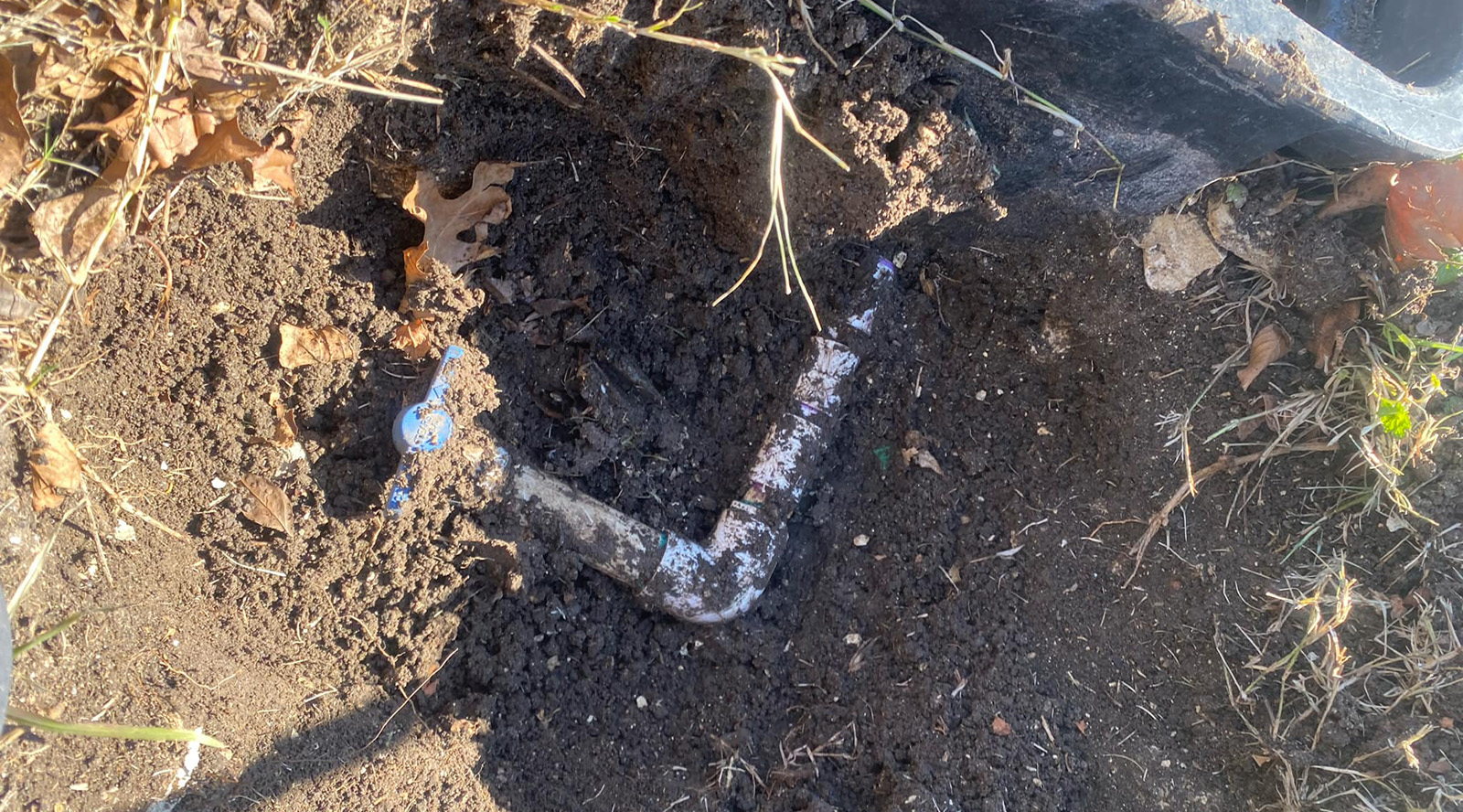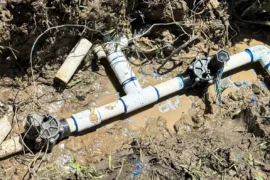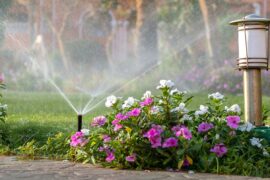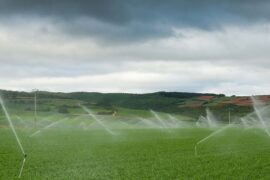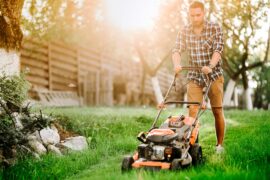You may crave a lush, green lawn like so many others, but to achieve it, you need more than just mowing and fertilizing. You must focus on a well-planned irrigation setup. What you need is a well-designed sprinkler system. It ensures your lawn and plants receive adequate water while minimizing wastage.
When setting up a new automated sprinkler system or replacing an outdated one, choose a model with high-efficiency nozzles and pressure-regulated sprinklers. This will offer you a better experience and help conserve water. You must explore pressure-regulated sprays and nozzles to pick the right models for your lawn. This is even more important for those living in areas with limited water resources.
What are irrigation zones?
When you install an automatic, underground irrigation system, your lawn is divided into separate watering zones. There can be four or more such zones. Ensure your irrigation setup is organized to cater to turf and ornamental plants separately. This is necessary because their water requirements are different. When you have planting beds, this should not be problematic.
Group your ornamental plants according to their water needs. Always keep the drought-tolerant plants separate from those that require frequent watering!
Things you need to set up an automatic sprinkler system
An automatic sprinkler system typically consists of two main components: an irrigation shut-off device (like a rain or a soil-moisture sensor) and a controller. The controller is a timing device used to regulate how often and how long the system runs. A rain sensor helps prevent water waste, while a soil-moisture serves a similar purpose.
Most irrigation systems include rain sensors. These can be connected to the controller either through wiring or wirelessly. The device overrides the regular irrigation schedule when rainfall is detected.
Why use irrigation shut-off devices?
Irrigation shut-off devices, including rain sensors, allow you to save water in your landscape. When these devices detect a certain level of moisture in the soil, they temporarily pause the automatic irrigation system. All new irrigation system models are required to include either a rain or a soil-moisture sensor. Inspect these sensors regularly to ensure they are working properly.
Rain sensors not only reduce water bills but also contribute to water conservation. Additionally, they help extend the lifespan of your irrigation system. Systems equipped with soil-moisture sensors are typically more effective than those with only rain sensors.
What does it mean to calibrate a sprinkler system?
Calibrating your sprinkler system means determining how long it should run to water your lawn efficiently. This duration varies depending on your region. Heavier clay soils retain water longer than sandy soils, so must adjust your sprinkler system accordingly.
So, how can I calibrate my sprinkler system?
Use 5 to 10 coffee or tuna cans placed across your lawn. If you have an in-ground irrigation system with multiple zones, place all those containers within one zone. Spread them randomly to assess how evenly water is distributed throughout that zone.
If you’re using a hose-end sprinkler, place the cans in a straight line, spaced, evenly. Run the system for 15 minutes and measure the water depth in each can. Calculate the average depth to determine how many inches of water are applied in that time. Multiply this figure by four to get the irrigation rate in inches per hour.
What is the best time to irrigate a lawn?
The best time to water your lawn is early in the morning, preferably before 8 am. This allows plant roots and soil to absorb the water efficiently. As the day warms up, excess moisture evaporates from the leaves and stems. Avoid watering after 10 a.m. to minimize evaporation losses.
The role of Rotors and sprays
Your home irrigation system likely includes a mix of watering devices. A wide range of nozzles and sprinkler heads is available. For large areas, rotors and impacts are ideal. Mount them on risers for enhanced coverage, and they remain buried when not in use. Rain Bird rotors feature patented Rain Curtain nozzle technology for even water distribution.
Sprays and nozzles are more suitable for smaller, more localized areas like flower beds and lawn edges. Various nozzle types allow for different spray patterns to suit specific needs.
Benefits of using Pressure-Regulated Sprinklers
Fluctuations inwater pressure can cause spray heads to perform inefficiently. Pressure-regulated sprays improve irrigation uniformity. Devices like the Rain Bird PRS Spray Heads offer consistent performance. These PRS sprinkler are less impacted by water pressure variations compared to other brands.
PRS pop-up sprinklers can reduce water usage by up to 50%, which is why many states mandate their use in new sprinkler installations. These states include- Oregon, California, Washington, Colorado, Washington D.C., Massachusetts, Maine, Hawaii, and others. Check with your local water utility to find out if rebates or discounts are available.
According to available data, PRS sprays can help save up to 106,000 gallons of water per year. Adding a high-efficiency nozzle to ensures a steady flow rate, even with pressure changes. These nozzles also help minimize misting and fogging.
How to set up or replace existing sprinkler system parts
If you’re going the DIY route, replacing sprinkler parts is similar to swapping out standard heads. Start by turning off the water supply to the zone. Gently remove dirt and debris from around the sprinkler to avoid damaging underground components.
- Unscrew the damaged sprinkler head and check for additional fittings below it. Replace any worn connectors with the appropriate thread type and length.
- Screw on the new head. Clean the threads beforehand and apply plumber’s tape to the male connector.
- Pull up the sprinkler stem and remove the nozzle.
- Turn the water back on to flush out the system.
- Finally, install the new nozzle and gently backfill the area around the head.
Summing it up
Irrigation is essential to maintain a lush, healthy lawn- and you can do it without wasting water. Choose high-quality pressure-regulated sprays and nozzles for both efficiency and effectiveness. By using proper equipment and watering practices, you can enjoy a vibrant green lawn while conserving water.

